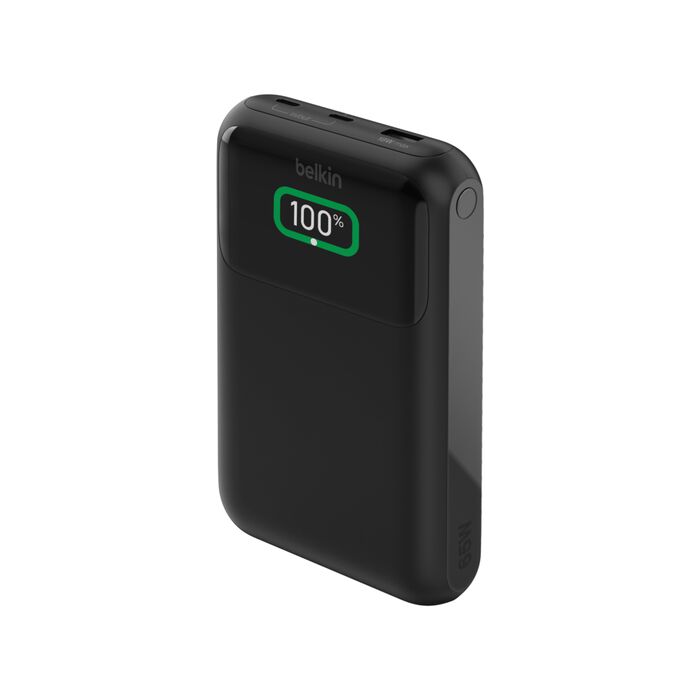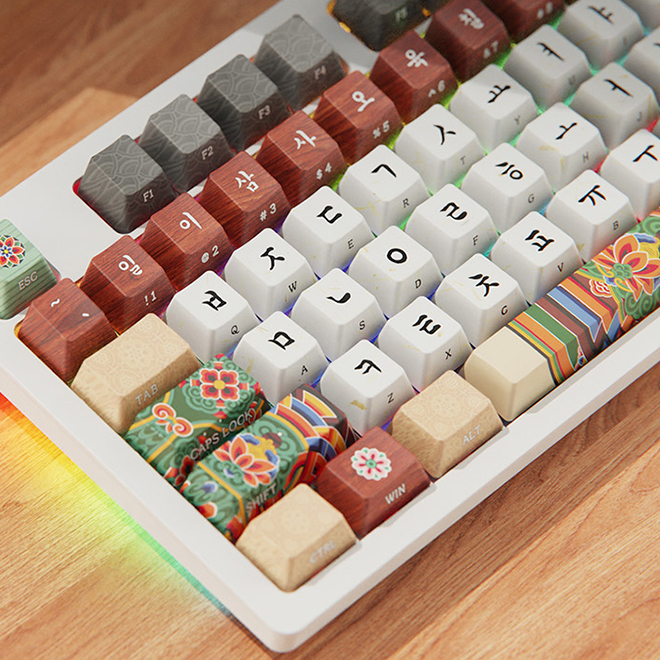M4 MacBook Air vs. All Generations: Which MacBook Air Reigns Supreme in 2025?
Apple’s MacBook Air lineup has been a fan favorite for years, blending portability, power, and that signature Apple polish. With the M4 MacBook Air hitting the scene in 2025, it’s time to see how it stacks up against its predecessors—the M1, M2, and M3 MacBook Airs. Is the M4 worth the upgrade, or are older models still holding their own? I’ve put all four generations through a gauntlet of real-world tests, focusing on software development tasks, display support, SSD speeds, and more. Spoiler: the M4 brings some welcome upgrades, but the winner might surprise you. Let’s break it down and find out which MacBook Air takes the crown!
Design: Same Look, New Tricks
If you’re hoping for a radical redesign, the M4 MacBook Air won’t deliver. It’s virtually identical to the M2 and M3 models, rocking the same sleek, squared-off chassis introduced in 2022. The M1, with its classic tapered wedge, feels like a relic by comparison. The M4 does spice things up with a new “Sky Blue” color option, joining Silver, Starlight, and Midnight. It’s a subtle metallic hue—more silver than bold blue—but it’s a fresh twist for those tired of the usual lineup.
Port-wise, the M4 steps up with Thunderbolt 4 on its two USB-C ports, a notable upgrade from the M1 and M2’s Thunderbolt 3 and a match for the M3’s capabilities. The MagSafe charging port and 3.5mm headphone jack remain staples across all generations. At 2.7 pounds for the 13-inch model (and 3.2 pounds for the 15-inch), the M4 keeps the Air’s featherlight legacy alive. So, while the design hasn’t evolved much, the M4’s port upgrade hints at bigger changes under the hood.
Display Support: M4 Takes the Lead
One of the M4 MacBook Air’s standout features is its enhanced external display support—a game-changer for multi-monitor enthusiasts. Here’s how the generations compare:
- M1 MacBook Air: Supports one external monitor (up to 6K at 60Hz). Close the lid, and you’re still stuck with one. Total displays: two (internal + one external).
- M2 MacBook Air: Same as the M1—one external monitor, no improvement with the lid closed.
- M3 MacBook Air: A step forward. With the lid closed, it supports two external monitors (up to 5K each). Open, it’s back to one external plus the internal display.
- M4 MacBook Air: The champ. It drives two external 6K displays at 60Hz alongside the internal Liquid Retina screen, giving you three displays total. Close the lid, and you’re still limited to two externals—no third external option yet.
I tested this by hooking up a dock with dual 6K monitors to the M4. With the lid open, all three screens fired up seamlessly—perfect for coding, browsing, and monitoring tasks simultaneously. Closing the lid dropped it to two externals, which is still a win over the M1 and M2. The M3’s lid-closed dual-display trick is handy, but the M4’s flexibility with the lid open makes it the clear victor here. If you’re a multi-screen power user, the M4 is your upgrade.
SSD Speeds: M1 Still Rules?
SSD performance is a critical factor for anyone juggling large files or running disk-intensive tasks. Here’s what my tests revealed using a 5GB read/write benchmark:
- M1: ~3,000 MB/s read, ~2,800 MB/s write. A stellar debut in 2020.
- M2: ~2,700 MB/s read, ~2,300 MB/s write. A dip due to Apple switching from dual NAND chips to a single chip in base models.
- M3: ~2,800 MB/s read, ~2,400 MB/s write. A slight recovery, but still below the M1.
- M4: ~2,900 MB/s read, ~2,500 MB/s write. Better, but not a leap forward.
Surprisingly, the M1’s SSD speeds remain unmatched among base models. The M4’s Thunderbolt 4 ports did shine when paired with a Thunderbolt 5 external drive, hitting ~3,100 MB/s read—faster than its internal SSD. The M2 and M3 hovered around 2,900 MB/s with the same drive, while the M1 lagged slightly at 2,800 MB/s. For internal storage, the M1 wins, but the M4’s external drive performance edges it out for those using high-speed peripherals.
Performance: Software Development Showdown
Since the M4 bumped base RAM to 16GB (up from 8GB on older base models), I focused on CPU-bound software development tasks to level the playing field. Here’s how they fared:
- Speedometer 3.0 (Browser Performance)
- Tests single-core performance with JavaScript-heavy to-do apps.
- M1: 32.1 | M2: 39.6 | M3: 45.6 | M4: 49.3
- The M4’s single-core prowess shines, nearly 50% faster than the M1. Great for front-end devs testing React or Angular apps.
- C++ Quick Sort (Single-Core)
- Sorting 10 million integers.
- M1: 4m 0s | M2: 3m 44s | M3: 3m 0s | M4: 2m 36s
- The M4’s four performance cores (same as prior models) get a clock speed boost, shaving off significant time. Spotlight indexing on efficiency cores didn’t impact results.
- C++ Merge Sort (Multi-Core)
- Sorting 1 billion integers across all cores.
- M1: 3m 41s | M2: 3m 39s | M3: 3m 20s | M4: 2m 31s
- The M4’s 10 cores (4 performance, 6 efficiency) dominate, finishing nearly a minute faster than the M3’s 8-core setup.
- Mandelbrot Algorithm (Python)
- CPU-intensive fractal generation.
- M1: 57s | M2: 51.2s | M3: 49s | M4: 34s
- The M4’s extra efficiency cores and improved architecture crush it, cutting time by 40% from the M1.
- Stream Benchmark (Memory Bandwidth)
- Measures copy bandwidth for machine learning tasks.
- M1: 68 GB/s | M2: 77 GB/s | M3: 96 GB/s | M4: 112 GB/s
- The M4’s 120 GB/s spec doesn’t fully translate, but it’s still a solid jump from the M1’s 68 GB/s.
- Local LLM (DeepSeek R1, 1.5B Parameters)
- Tokens per second for inference.
- M1: 30 | M2: 55 | M3: 53 | M4: 63
- The M4’s 16-core Neural Engine flexes, though the M3’s dip below the M2 is puzzling—possibly thermal throttling.
The M4 consistently outperforms its predecessors, especially in multi-core tasks, thanks to its 10-core CPU (vs. 8 cores in prior models). Temperatures climbed higher on the M4 (up to 46°C vs. 35°C on the M1), but its fanless design held strong.
Battery Life: Efficiency Over Time
After running identical tests from 100% charge, here’s where they landed:
- M1: 53% | M2: 82% | M3: 85% | M4: 82%
The M3 ekes out a win, likely due to its balanced 8-core setup sipping power more efficiently than the M4’s 10-core beast. The M1’s older process node and lower performance drag it down. All still promise 15–18 hours of typical use, per Apple, but the M4’s power comes at a slight efficiency cost.
Price and Value: M4’s Sweet Spot
- M1: Launched at $999 (8GB/256GB). Still available used/refurbished ~$600–$800.
- M2: Launched at $1,199 (8GB/256GB), now ~$999.
- M3: Launched at $1,099 (8GB/256GB), now ~$899 at third-party retailers.
- M4: Starts at $999 (16GB/256GB), $1,199 for 15-inch.
The M4’s $999 entry point with 16GB RAM and dual NAND SSDs (fixing the M2’s single-chip slowdown) makes it a killer deal. It’s the best value for new buyers or those upgrading from Intel Macs.
Verdict: Which MacBook Air Wins?
- M1: The budget king. Still zippy for basic tasks and boasts the fastest base SSD. Ideal if you’re on a tight budget and don’t need multi-monitor support.
- M2: A middle child. Incremental gains over the M1, but outshined by newer models.
- M3: The efficiency champ. Great for single-monitor users who value battery life and closed-lid dual displays.
- M4: The all-rounder. Tops performance, display support, and future-proofing with 16GB base RAM. Warmth aside, it’s the best pick for most in 2025.
The M4 MacBook Air wins for its blend of power, versatility, and value. If you’re upgrading from an M1 or Intel Mac, it’s a no-brainer. M2/M3 owners might wait unless three displays or extra horsepower are must-haves. What’s your take? Drop your thoughts below—I’d love to hear which MacBook Air you’re rocking!

